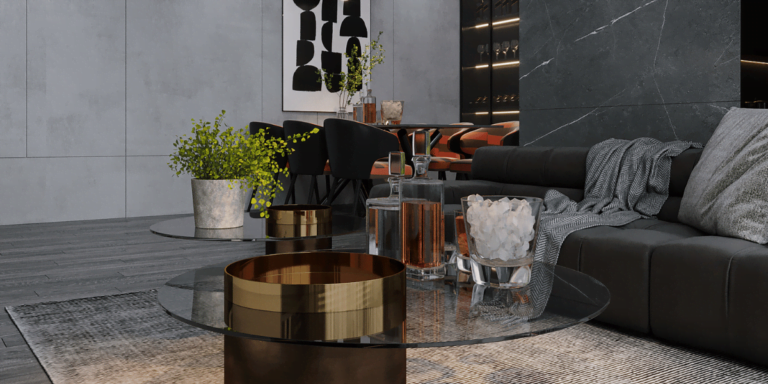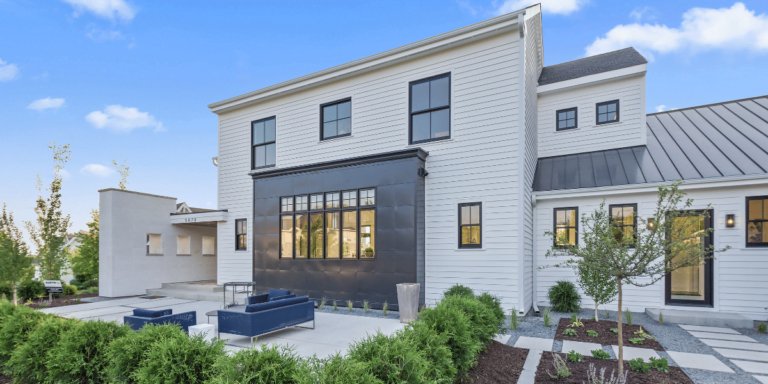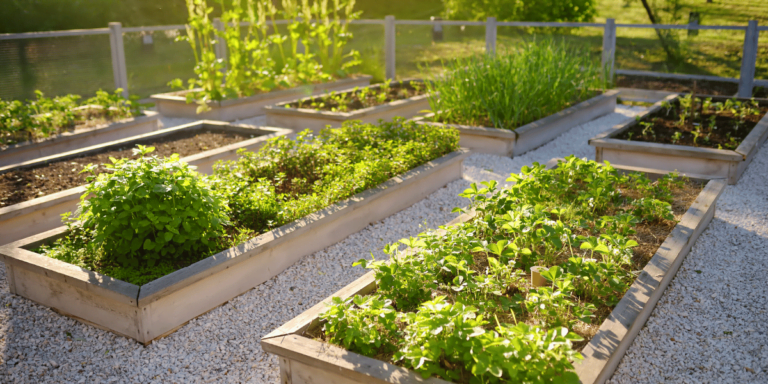In today’s world, eco pest control methods, it is essential to find sustainable solutions to everyday challenges, including pest control. Traditional methods often rely on chemical-laden products that can harm the environment. Thankfully, there is a growing emphasis on eco-friendly pest control methods that prioritize the health of our homes and the ecosystem.
Integrated Pest Management (IPM) is one of the most effective and eco-friendly approaches, combining various techniques to minimize environmental impact. Natural repellents using items like peppermint oil and vinegar are also eco-friendly options. Biological pest control utilizes natural predators and pathogens, while physical barriers and traps provide proactive solutions. Embracing eco-friendly pest control methods ensures a greener and healthier future.
Key Takeaways:
- Eco pest control methods prioritize the health of our homes and the environment.
- Integrated Pest Management (IPM) combines various techniques to minimize environmental impact.
- Natural repellents using items like peppermint oil and vinegar are eco-friendly options.
- Biological pest control utilizes natural predators and pathogens.
- Physical barriers and traps provide proactive solutions for pest control.
Integrated Pest Management (IPM)
Integrated Pest Management (IPM) is an effective and eco-friendly approach to pest control. It emphasizes prevention and combines various techniques while minimizing environmental impact. By adopting IPM, homeowners can effectively manage pest problems while reducing their ecological footprint.
The Key Components of IPM
IPM incorporates several key components to ensure a comprehensive and sustainable pest control strategy:
- Inspection and Monitoring: Accurate identification and assessment of pest issues through regular inspection and monitoring.
- Prevention: Implementing preventive measures to limit pest entry and eliminate food and water sources.
- Targeted Treatments: Utilizing specific treatments tailored to address particular pests, including traps and botanical insecticides.
- Regular Assessment: Continuously evaluating the success of IPM methods and making necessary adjustments for improved efficacy.
By integrating these components, IPM provides a holistic and sustainable approach to pest control, ensuring the long-term well-being of your home and the environment.
Natural Repellents

Natural repellents offer an eco-friendly option for keeping pests at bay. Household items like peppermint oil, vinegar, citrus peels, and essential oils can act as natural deterrents due to their strong scents or taste.
Diluted peppermint oil can repel spiders and ants when sprayed in entry points and affected areas. A mixture of vinegar and water can repel insects like ants when sprayed in infested areas. Placing citrus peels near entryways or cabinets can deter spiders and ants. Certain essential oils like lavender, eucalyptus, and tea tree oil can also act as natural repellents for various pests.
By utilizing these natural repellents, homeowners can create an eco-friendly pest control solution.
Biological Pest Control
Biological pest control is an eco-friendly method that utilizes natural predators, parasites, or pathogens to control pest populations. This approach offers a sustainable and environmentally friendly solution to pest management, reducing the reliance on harmful chemicals.
Natural Predators
One effective strategy in biological pest control is the use of natural predators. Ladybugs, for example, are a common natural predator that can be released into gardens to control aphid populations. These small beetles feed on aphids, helping to keep their numbers in check and minimizing damage to plants.
Parasites and Pathogens
Another approach in biological pest control involves leveraging parasites and pathogens to target specific pests. Nematodes, microscopic organisms, are often used to control pests like grubs and termites. These beneficial nematodes are applied to the soil, where they parasitize and kill the pests, effectively reducing their populations.
Similarly, the bacterium Bacillus thuringiensis (Bt) is a naturally occurring pathogen that specifically targets certain insect larvae, such as mosquitoes, caterpillars, and beetles. When ingested, Bt releases toxins that cause the larvae to stop feeding, eventually leading to their death.
By introducing these natural predators, parasites, and pathogens into the ecosystem, biological pest control enhances the natural balance and prevents the overpopulation of pests. This method is not only effective but also environmentally friendly, as it minimizes the use of chemical pesticides that can be harmful to beneficial insects and the surrounding environment.
Physical Barriers and Traps

Implementing physical barriers and traps is a proactive and eco-friendly approach to pest control. By utilizing these methods, homeowners can maintain a pest-free environment without relying on harmful chemicals, ensuring the safety of their homes and the environment.
One effective physical barrier is the installation of door sweeps and screens to seal gaps and prevent pests from entering homes. These barriers create a protective shield, keeping unwanted insects and rodents out.
Another useful tool for pest control is sticky traps. These traps use non-toxic adhesive substances that capture crawling insects like cockroaches or silverfish. Place sticky traps along baseboards, in corners, or near entrances to intercept pests and prevent infestations.
Light traps are particularly effective in reducing the presence of flying insects like mosquitoes and moths indoors. These traps use ultraviolet light to attract and trap pests, ensuring they are no longer a nuisance in your living spaces.
By incorporating physical barriers and traps into your pest control strategy, you can take a proactive approach to keep pests at bay. Not only are these methods eco-friendly, but they also provide long-term solutions for a pest-free home.
The Benefits of Physical Barriers and Traps
| Benefits | Description |
|---|---|
| Environmentally Friendly | Physical barriers and traps avoid the use of harmful chemicals, promoting a safer and greener environment. |
| Proactive Approach | By implementing physical barriers and traps, you are taking proactive measures to prevent infestations before pests become a problem. |
| Cost-Effective | Compared to ongoing chemical treatments, physical barriers and traps are a more cost-effective long-term solution. |
| Versatile | Physical barriers and traps can be used in various areas of the home, making them adaptable to different pest control needs. |
Conclusion
When it comes to eco pest control methods, adopting eco-friendly methods is crucial for protecting both our homes and the environment. By implementing sustainable solutions like Integrated Pest Management (IPM), natural repellents, biological pest control, and physical barriers and traps, we can effectively manage pests while minimizing our impact on the environment.
Eco pest control methods not only prioritize the health and safety of our families but also contribute to a healthier, greener future. By reducing our reliance on chemical-based approaches and embracing eco-friendly alternatives, we can minimize our ecological footprint and create a more sustainable environment.
Whether it’s implementing IPM techniques that focus on prevention and targeted treatments, using natural repellents like vinegar and peppermint oil, harnessing biological pest control through natural predators and pathogens, or employing physical barriers and traps, there are numerous eco-friendly options available.
With these sustainable pest control methods, we can ensure that our homes remain pest-free while safeguarding the environment for future generations. Let’s work together to create a greener, healthier future through eco-friendly pest control practices.
FAQ
What is Integrated Pest Management (IPM) and Eco Pest Control Methods?
Integrated Pest Management (IPM) is an effective and eco-friendly approach to pest control. It emphasizes prevention and combines various techniques while minimizing environmental impact.
What are the key components of IPM?
The key components of IPM include inspection and monitoring to identify pest issues accurately, implementing preventive measures, using targeted treatments, and regularly assessing the success of these methods and making necessary adjustments.
What are natural repellents?
Natural repellents offer an eco-friendly option for keeping pests at bay. Household items like peppermint oil, vinegar, citrus peels, and essential oils can act as natural deterrents due to their strong scents or taste.
How does biological pest control work?
Biological pest control is an eco-friendly method that utilizes natural predators, parasites, or pathogens to control pest populations. Ladybugs, nematodes, and Bacillus thuringiensis (Bt) are examples of organisms used in biological pest control.
What are physical barriers and traps?
Physical barriers and traps are a proactive and eco-friendly approach to pest control. Door sweeps, screens, sticky traps, and light traps are examples of physical barriers and traps that can help prevent pests from entering homes.
Why is eco-friendly pest control important?
Adopting eco-friendly pest control methods is crucial for protecting both our homes and the environment. These methods minimize our ecological footprint and promote a sustainable and pest-free environment.










